AUGUST 10, 2015
During the night I was woken by my bed moving. I was still sleepy and wasn't sure what was happening. The shaking movement was followed by a lot of screaming and crying. It took me a few minutes to realize what was happening. An earthquake was striking and it was a strong one because when I tried to out of bed I had difficulty getting up. The room was dark, very dark and I couldn't find my light or telephone. I had forgotten forgot where I put them before I went to bed not thinking that in Nepal these earthquakes can happen suddenly, including at night. I was in a strange hotel room. Where was the light switch? I searched in the dark while the movements continued with people screaming and crying louder and louder. I heard some people screaming to me: " go outside, this is earthquake, please go fast ".
I thought about the situation. I was in a concrete building with multiple floors. Would this be strong enough...or perhaps not. I had seen lots of these concrete buildings destroyed by the earlier 6.7 and 6.4 earthquake. Would this one be so strong that the building could collapse? I went to the doorway and wanted to run out but the door was locked from inside. Damn where was this lock,in the top or bottom? I found it and wanted to run outside but I realized something was missing from my feet and grabbed my flip flops. Then I decided quickly to grab my computer, telephone and wallet. I walked to the stairs and went down. I realized that the shaking had stopped. Would it be over now? Or would it return again and perhaps even stronger? Should I quickly take more of my positions like my camera, which I call "my baby" to many people? But what if I went back and the earthquake came back even stronger. I had again a long way to go to get outside of this building. I decided to keep moving to the outside of the building. On my way there were more people moving out. From some faces you could read that they were terrified, especially the women. Most of the men were asking me if I realized that this was an earthquake, making jokes to me and laughing. Probably they were as afraid as the women and children but they were too macho to show this to others.
When I got outside there were about 200 people who had come out all of all the houses and little apartments. Most of them were talking about what happened. Most wanted to go back to sleep but others said that it was not safe to return to the building. After 30 minutes the situation calmed down and people started going back inside. They told me to go sleep again but my mind was quite confused and I could still feel a lot of adrenaline in my body. Lying back in bed I was thinking that if there was a next time I should find a safe place more quickly. Still there was a lot of sound around me in the building and the street. I rehearsed what to do if they earthquake came back. Slowly the sound faded and this also calmed me down and I fell asleep again, luckily not to wake up from another earthquake.























